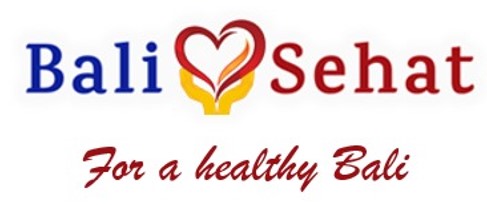It’s almost midday on a hot Thursday, with temperatures soaring above 30°C in Amed. As expected on a day before the full moon, few patients visit Bali Sehat Clinic. In Balinese culture, people prioritize ceremonial offerings and usually seek medical care only for emergencies on such days.
But today, a man in his 50s waits quietly in our clinic’s reception. He introduces himself as Ketut and walks with a limp. Ketut has traveled on foot from a village near the Lempuyang area, about 4 to 5 kilometers away. When he enters the consultation room, he shows me a painful open wound on his foot typical for someone with uncontrolled diabetes.
As suspected, Ketut has been living with diabetes for over five years without regular access to medication. His case reflects a much larger issue in Bali: diabetes is becoming a disease of the poor. While wealthier families can afford balanced meals fish, meat, vegetables, and fruit those with fewer resources rely almost entirely on white rice. This leads to early-onset diabetes, often left untreated due to cost or distance from medical facilities.
For patients like Ketut, the result is devastating: poorly healing foot wounds, infection risk, and mobility loss. At Bali Sehat Clinic, a community health clinic in Amed, we provide essential care to underserved patients. I cleaned his wound, prescribed affordable medicine, and gave him instructions on diet knowing that for many, healthy eating isn’t a choice but a financial limitation.
Though limited in resources, our team offers not only treatment but compassion. I asked our ambulance driver to take Ketut home, sparing him another painful walk in the heat. Cases like his remind us why access to affordable medical care in Bali is a human right, not a privilege.





Comments are closed